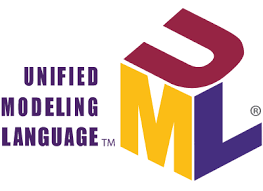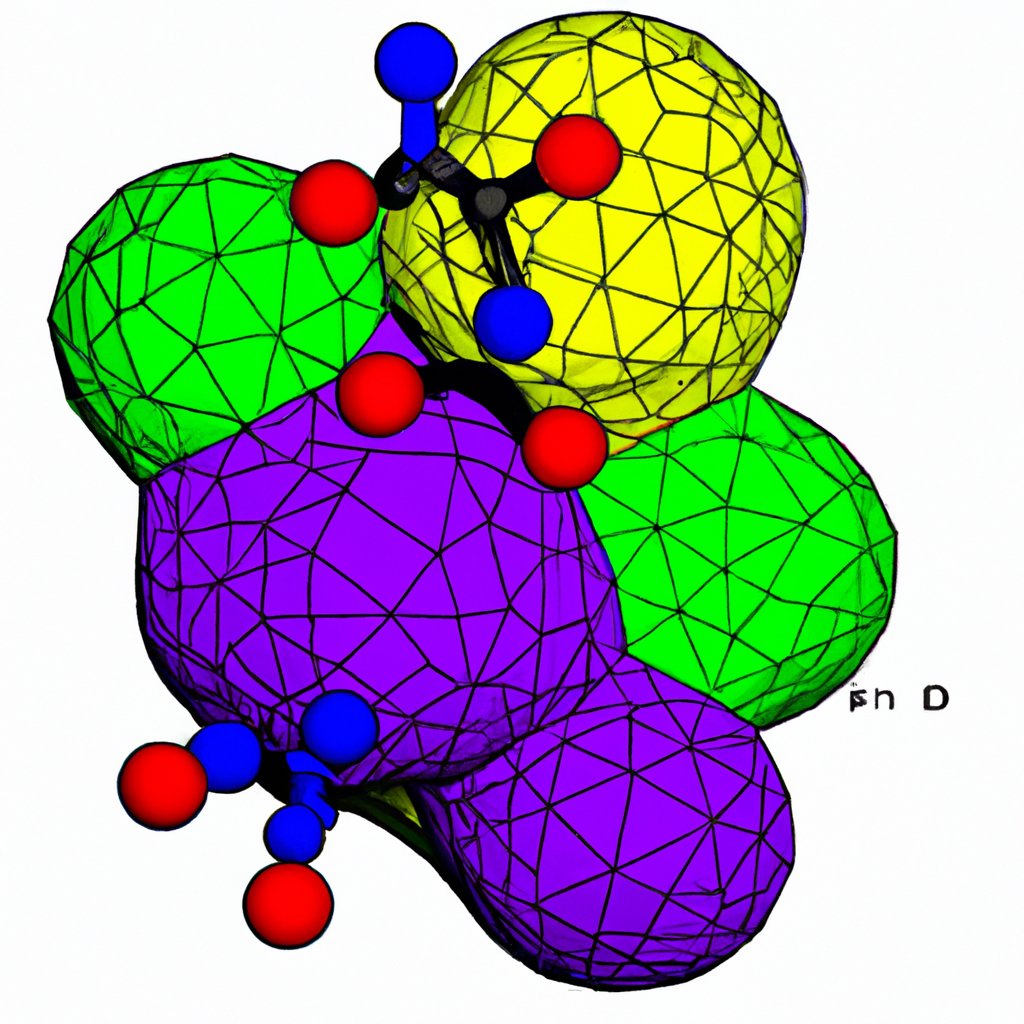Category: OOP
3X years of IT knowledge within reach
-
Template Method pattern
What is the Template Method pattern? The Template Method pattern is an object-oriented design pattern used to define the skeleton of an algorithm in a base class, while allowing subclasses to provide specific implementation of some steps. This pattern helps ensure that the algorithm is followed correctly and that all steps are completed correctly. It…
-

UML Diagrams in OOP
What is UML and how is it used in object-oriented programming? UML (Unified Modeling Language) is a visual language used to create diagrams that help software developers design and document object-oriented systems. It’s a powerful language that enables developers to create models of complex systems, including class diagrams, state diagrams, and use case diagrams. UML…
-

Polymorphism in OOP
What is polymorphism in OOP? Polymorphism is an important concept in the Object-Oriented Programming (OOP) language of Java. It is a phenomenon where the same code can be used to perform different tasks depending on the type of data it receives. In other words, polymorphism allows objects to take on multiple forms depending on how…
-

Inheritance in OOP
What is inheritance in object-oriented programming (OOP)? Inheritance is one of the fundamental concepts of Object-Oriented Programming (OOP). It allows developers to create objects with properties and methods inherited from a parent object. This helps developers create more efficient code, as they can reuse the same code for different objects. Inheritance also allows for code…
-

Abstractions
What is abstraction in object-oriented programming? Abstractions is one of the core concepts in object-oriented programming. It refers to the process of hiding details and focusing on the essential features of an object. By abstracting away unnecessary details, developers can focus on the core functionality and create code that is easier to read, maintain, and…
-

Encapsulation in OOP
What is class encapsulation in OOP? Encapsulation. Class encapsulation is a programming concept that involves creating a class with all the data and functions that are related to it. It helps keep the code organized and makes it easier to debug and maintain. This technique also ensures that the data and functions of one class…
-

Interfaces
How does a Java interface differ from a class? Java interfaces and classes are two of the most important concepts in the Java language. An interface is a collection of abstract methods, while a class is a blueprint for creating objects containing abstract and concrete methods. The main difference between an interface and a class…
-

Coupling
What types of coupling exist? Coupling refers to the degree of interdependence between different components of a program. There are three main types of coupling: loose coupling, tight coupling, and interface-based coupling. What is tight coupling? Tight coupling in software architecture refers to a situation where two or more components of a system are highly…






